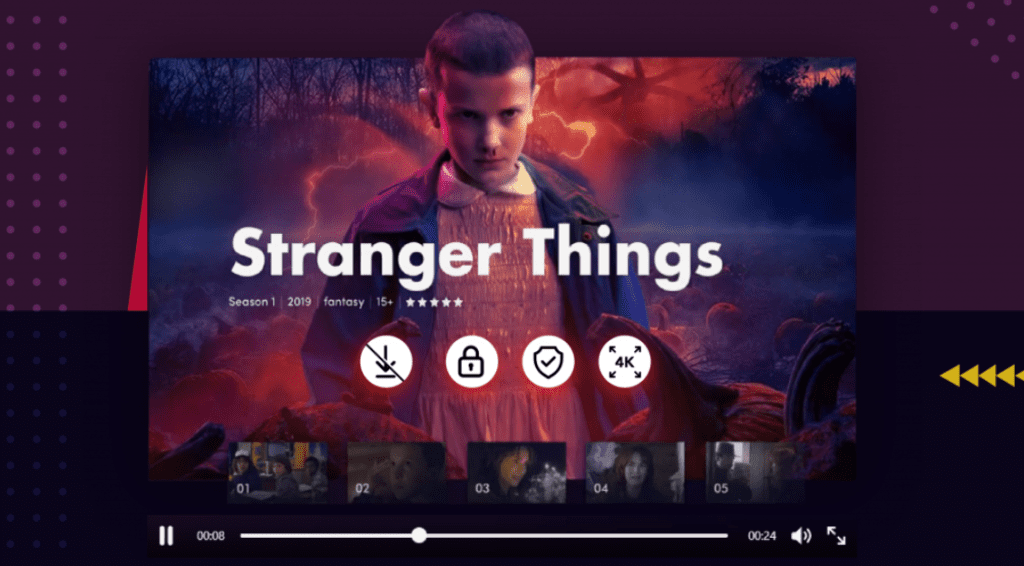In today’s digital age, Over-The-Top (OTT) content delivery has revolutionized the way we consume video and audio content. OTT platforms like Netflix, Hulu, and Disney+ have become household names, offering a vast array of entertainment at our fingertips. However, with the increasing popularity of OTT content, protecting intellectual property and ensuring content security has become paramount. This is where Digital Rights Management (DRM) comes into play. In this article, we’ll explore what DRM is and how it can be used to safeguard your OTT content.
What is DRM?
Digital Rights Management, or DRM, is a technology used to protect digital content from unauthorized access, copying, and distribution. It achieves this by encrypting the content and controlling access through a licensing system. DRM serves as a digital lock that ensures only authorized users can access and enjoy the content. For OTT platforms, DRM is crucial in safeguarding valuable content and maintaining the revenue generated from it.
Protecting OTT Content with DRM
Here are some key strategies for protecting your OTT content using DRM:
1. Encryption
The foundation of DRM is encryption. Content is encrypted at the source and only decrypted for playback on authorized devices. This ensures that even if the content is intercepted during transmission, it remains secure and inaccessible to unauthorized users.
2. License Management
DRM relies on licenses to grant access to content. These licenses can be time-limited, device-specific, or even tied to a specific user’s credentials. OTT platforms can manage these licenses to ensure that only legitimate users can view the content.
3. Watermarking
Watermarking is another essential feature of DRM. It involves embedding hidden information in the video or audio content. This information can identify the source of the leak if the content is pirated, acting as a deterrent to unauthorized distribution.
4. Secure Players
OTT platforms should use secure player applications that are equipped to handle DRM-protected content. These players ensure that content can only be played on authorized devices and that the decryption process is secure.
5. Regular Updates
As technology evolves, so do the methods used by pirates to circumvent DRM. Regular updates to your DRM system are necessary to stay ahead of potential threats. This involves updating encryption algorithms and licensing systems to counter emerging threats.
6. Compliance with Industry Standards
It’s essential to adhere to industry standards for DRM implementation. This ensures that your content is compatible with various devices and platforms while maintaining robust security.
Benefits of Using DRM for OTT Content

- Protection of Intellectual Property: DRM helps content creators and distributors protect their valuable intellectual property, preventing unauthorized access and distribution.
- Revenue Protection: By securing your content, you can maintain your revenue streams and ensure that only paying customers have access.
- Enhanced User Experience: DRM ensures a seamless and secure experience for legitimate users, which is essential for building and retaining a loyal user base.
- Compliance and Reporting: DRM systems can track user behavior and help with reporting and compliance requirements, which is particularly important in the media industry.
- Deterrent for Pirates: The visible presence of DRM measures like watermarks acts as a deterrent to potential pirates.
Conclusion
Protecting OTT content using DRM is a necessity in today’s digital landscape. With the rise of piracy and unauthorized access, content owners and distributors must take proactive measures to secure their investments. By implementing DRM technology, you not only protect your content but also enhance the user experience and ensure compliance with industry standards. As OTT continues to shape the way we consume content, DRM remains an indispensable tool for content security and long-term success.


Recent Comments